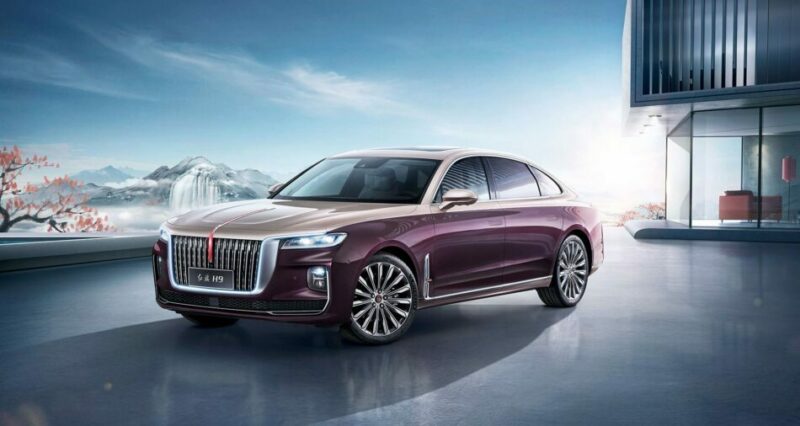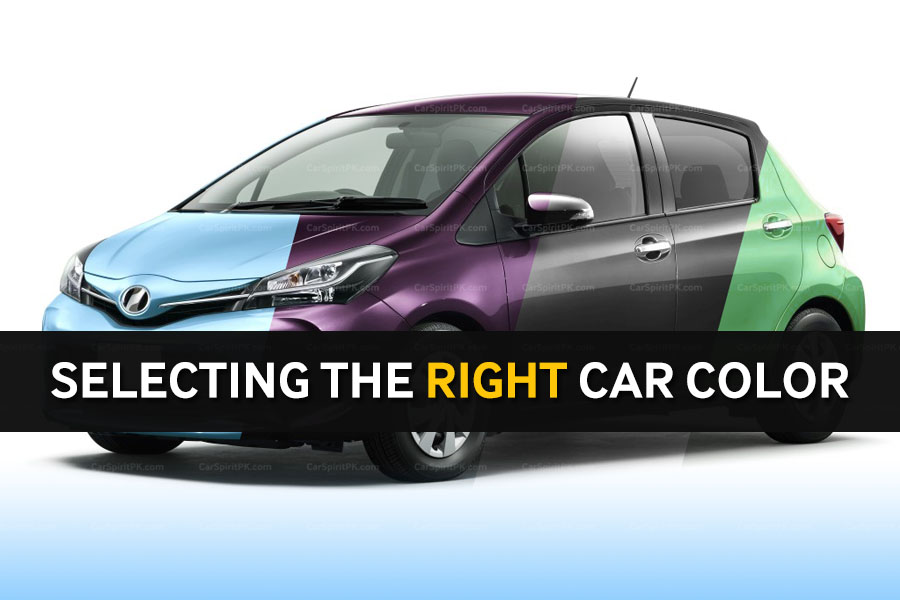In the dynamic realm of automobiles, where engineering marvels and design innovations constantly captivate attention, color is a seemingly modest yet profoundly influential aspect that often goes unnoticed. The automotive industry’s canvas is painted with a diverse palette, ranging from the enduring classics to the vivid modern hues, each contributing to the intricate tapestry of vehicular aesthetics. This article will navigate the transformative journey of automotive colors, shedding light on the evolution of iconic shades such as White, Blue, Black, Silver, Gray, and Red.
These colors transcend mere visual appeal, acting as conduits for self-expression, cultural resonances, and design philosophies. As automotive design continues its relentless evolution, hues like the H9 Chinese car underscore the global nature of this industry, where color choices encapsulate diverse sensibilities and trends. This exploration into the world of automotive colors unveils their significance as essential to the vehicular narrative. It offers a nuanced perspective on color intersecting with style, symbolism, and technological advancements.
White
White, a hue synonymous with purity and sophistication, has retained its timeless allure within the automotive realm. As vehicles donned in pristine white take to the streets, they emit an aura of modernity and elegance. As an unadorned canvas, white allows car designers to emphasize the intricate contours and defining lines that characterize a vehicle’s identity. The selection of white extends beyond mere aesthetics, serving as a testament to the harmonious amalgamation of style and pragmatism. This hue has seamlessly transitioned from classic to contemporary contexts, maintaining its status as a blank slate upon which innovation is painted.
Black
Conversely, black automobiles emanate an enigmatic sense of authority and mystery, instantly commanding attention wherever they journey. The sheer presence of black confers a touch of luxury upon any vehicle fortunate enough to be adorned in this color. Often associated with sleek sports cars and executive sedans, black embodies a synergy of elegance and potency. However, the magnetic appeal of black comes paired with the responsibility of maintenance, as it magnifies dust and imperfections. Yet, for those willing to invest time and diligence, a well-maintained black car evolves into an emblem of refinement and sophistication, embodying the meeting point of aesthetic allure and meticulous care.
Blue
The color blue, presenting a spectrum of shades from tranquil sky blue to deep navy, offers an expansive array of choices for automotive enthusiasts. Lighter shades of blue evoke serenity and openness, making them a favored choice for convertible cars for leisurely drives. Conversely, deeper blues exude a sense of professionalism and self-assuredness, often gracing vehicles tailored for corporate settings. Blue’s versatility harmoniously melds with diverse car designs, yielding a symbiosis of aesthetics and utility. This color’s adaptability underscores its role as an evergreen option that mirrors both the boundless sky and the depths of the sea, encapsulating emotions and purposes across the automotive spectrum.
Silver Gray
Silver Gray, a hue that surged in popularity during the latter part of the 20th century, introduces an avant-garde gleam to the automotive landscape. Its metallic finish uniquely captures light, accentuating a car’s intricate contours and forms. Beyond its aesthetic appeal, Silver Gray touts a pragmatic advantage—it effectively conceals minor blemishes and dirt, presenting a polished façade without necessitating constant upkeep. This modern hue frequently adorns contemporary sedans and SUVs, encapsulating a fusion of sophistication and efficiency tailored to meet the modern world’s demands. Silver Gray is a testament to the industry’s ability to reinterpret classic shades, infusing them with a futuristic edge while honoring their enduring charm.
Red
Red, intimately entwined with passion and vitality, extends a bold invitation to draw attention. Whether it graces a fiery sports car or enhances the sleek profile of a coupe, red leaves an indelible impression that signifies an unbridled zeal for life. Moreover, red’s association with velocity and performance renders it a natural choice for numerous high-performance vehicles. While some may hesitate due to red’s unapologetic vibrancy, others wholeheartedly embrace it as an assertion that rejects being overlooked. Red isn’t just a color; it’s a proclamation resonating with individuality and dynamism. It symbolizes the audacity to stand out, the willingness to be noticed, and the embodiment of one’s distinctive character within the automotive tapestry.
Conclusion :
In the kaleidoscopic realm of automobiles, color emerges as a silent yet powerful storyteller, shaping perceptions, stirring emotions, and weaving connections to culture and individuality. From the timeless elegance of White to the vibrant energy of Red, the automotive industry’s color spectrum is a journey of transformation, where each hue etches its unique signature onto the vehicles that traverse roads across the world. The significance of automotive colors extends beyond aesthetics, serving as a lens through which we view innovation, personality, and societal shifts.

Just as hues like the H9 Chinese car reflect the dynamism of global markets, they also reflect the ever-changing tides of human preference. As the automotive industry ventures into uncharted territories, embracing cutting-edge technology and reimagining traditional norms, one constant remains—the enduring impact of color. It is a reminder that within the symphony of engineering and design, the choice of color remains a steadfast expression of individuality, culture, and the perpetual evolution of automotive aesthetics.

If you wish your content to reach out to a large number of automotive enthusiasts, this is the right place. The Advertorial section of CarSpiritPK is there to exclusively publish the sponsored content.




